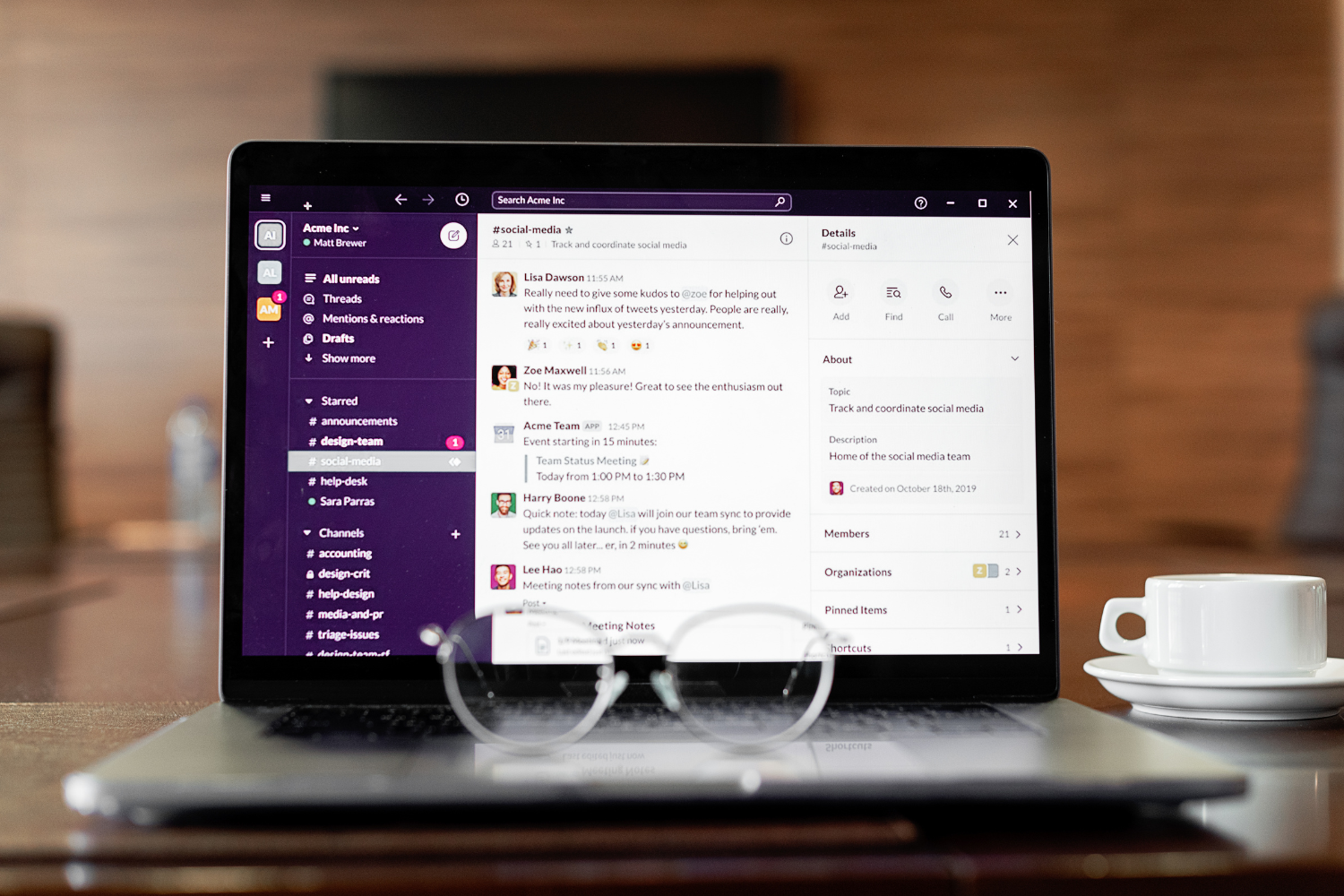Onboarding Filipino remote workers requires more than just a basic orientation—it demands a culturally aware approach tailored to the unique strengths and needs of Filipino professionals. As more companies turn to remote hiring to tap into the Philippines’ skilled workforce, understanding key elements like time zone differences, communication channels, and cultural norms becomes essential. Filipino remote workers often value strong communication, team connections, and clear expectations from the start.
New employees can quickly feel lost or disengaged without the right tools and structure. This guide will show you how to create a strong onboarding process that supports Filipino virtual assistants and remote employees through every phase—from pre-boarding to long-term employee retention—while ensuring compliance with local labor laws, the Social Security System, and the Philippines Data Privacy Act.

What Makes Filipino Onboarding Unique?
Hiring Filipino remote workers means working with a culture that values relationships, trust, and structure. To build a long-term team, your onboarding process must reflect those values while delivering the skills and clarity your company expects.
Key cultural traits to keep in mind
Filipino employees bring strong communication skills, creative input, and loyalty to remote teams. But to unlock these strengths, your onboarding must align with cultural traits that shape how they respond to training, feedback, and leadership.
- Respect for hierarchy and authority: Filipino professionals may wait for approval before taking action. They are less likely to speak up or question tasks unless invited to do so directly.
- Preference for harmony over confrontation: Most Filipino remote workers avoid saying something that could cause conflict. This includes withholding confusion or disagreement to maintain group peace.
- Strong family values and social ties: Work is deeply connected to family well-being. Filipino workers often appreciate when team members show interest in their home life and support mental health through understanding and flexibility.

How these traits affect onboarding success
A surface-level “yes” from Filipino remote employees doesn’t always mean they fully understand. In many cases, new hires avoid asking questions out of respect or fear of embarrassment. Traditional Western-style onboarding often assumes the new hire will take initiative, ask follow-ups, or speak up during meetings. But with Filipino virtual assistants and other team members, you must proactively check for understanding, invite questions, and build trust early. Without this, even skilled workers can struggle with unclear roles or misunderstood processes.

Step-by-Step Guide to Onboarding Filipino Remote Workers
A strong onboarding process ensures new hires feel supported, confident, and productive from the start. This step-by-step guide helps you avoid common mistakes and builds the foundation for long-term success.
Step 1 – Pre-boarding preparations
Your prep work sets the tone before your Filipino remote workers log in for Day 1. A smooth pre-boarding shows professionalism and builds trust across time zones.
- Contracts, compliance, and payment setup: Use contracts that follow Philippine labor laws and clarify working hours, service incentive leave, and overtime pay. Set up direct deposits using trusted platforms like Payoneer or Wise. If hiring through a Philippine legal entity or Employer of Record, follow the Social Security System (SSS) and Home Development Mutual Fund (Pag-IBIG) rules. For direct contractor setups, these contributions are typically optional for the worker and not required from the foreign company.
- Sending a welcome email with a personal touch: Share a personalized message that includes their job title, start date, Day 1 schedule, and company policies. Mention their onboarding buddy and offer space to ask questions before they start.
- Internet speed and equipment checklist: A stable internet connection and suitable equipment are essential for Filipino virtual assistants to perform well in remote roles. Confirm their home office setup meets your standards, or offer a home office setup allowance to cover upgrades.

Step 2 – Setting up the first day
Day 1 sets the tone for the rest of the onboarding process. A well-paced, supportive experience creates early wins and lowers first-week stress.
Start with a short video call between the manager and the new employee. Then move into a warm team welcome, introductions, and a review of the day’s schedule. Be clear about what success looks like in their role.
Assign an onboarding buddy to help your new hire adjust faster. Use this time to share company values, walk through digital platforms like project management tools, and explain tools they’ll use daily.
Step 3 – Week 1 training and confidence-building
This week is about giving your Filipino remote employees the right tools, role-specific training, and structured support to build early confidence.
- Live walkthroughs, documentation, and role practice: Use screen shares, recorded tutorials, and clear SOPs so your Filipino talent doesn’t get lost or confused.
- Daily check-ins to reinforce learning: Schedule short, regular check-ins to answer questions and confirm what’s working or not.
- Mixing structure with relationship-building: Blend work with personal touches like casual chats or virtual team-building activities. This supports team connections and helps remote workers feel part of the group.
Step 4 – Weeks 2–4: Building independence
Once the basics are in place, it’s time to grow your team member’s confidence and independence. During this phase, you move from training to real work.
Start assigning tasks that require more judgment. Use clear guidelines for when to ask versus decide. Encourage initiative but provide backup when needed.
Use weekly check-ins to spot blockers early, track progress, and celebrate wins. These check-ins also allow discussion of network security, workflow questions, and any adjustments to their digital marketing or administrative support tasks.

Step 5 – 30/60/90-day success plans
A clear roadmap gives you and your Filipino workers confidence in their growth. Use the 30/60/90-day format to track progress and align expectations.
- Setting expectations and tracking progress: Share clear metrics for task quality, communication, and speed. Track progress against company goals and your team’s success targets.
- Sample goals for admin, tech, and leadership roles: For virtual assistants, aim for full task ownership by Day 90. For tech roles, target tool mastery and problem-solving. For leaders, set goals around team management and project delivery.
- How to review and adjust along the way: At each milestone, hold formal reviews, ask for feedback, and adjust the plan. These reviews build trust, guide career growth, and support long-term employee retention.
Common Mistakes When Onboarding Filipino Team Members
Even experienced companies make simple errors when onboarding Filipino remote workers. These mistakes can lead to confusion, disengagement, or early resignations. Knowing what to avoid helps create a smoother process for new hires.
Rushing through orientation
Skipping or shortening employee orientation causes new employees to miss key information about your company policies, project management tools, and digital platforms. Filipino remote workers need time to absorb new systems and expectations, especially when working across time zone differences. A rushed start can leave them unclear about their role and how they fit into the team.
Ignoring cultural norms
Managing Filipino remote workers means understanding the values behind their behavior. Dismissing cultural norms like respect for authority, group harmony, or indirect communication weakens team connections and trust. Overlooking these traits can cause miscommunication and frustration, even if the new hire seems agreeable on the surface.
Providing unclear instructions
Vague or overly broad instructions lead to missed expectations. Filipino virtual assistants often try to meet goals even if they’re unsure what “good work” looks like. Remote employees benefit from step-by-step training, role-specific examples, and clear communication channels to ask for help when needed.
Expecting instant independence
Not all Filipino remote workers can work independently immediately, especially without structured onboarding. Assigning complex tasks too early can lead to poor outcomes and lowered confidence without a strong onboarding process. Filipino professionals usually excel when given a mix of guidance and growing responsibility over time.

Best Practices for Remote Onboarding Success
Strong onboarding isn’t just about checking boxes—it’s about building a team that performs well and stays long term. These best practices help ensure your Filipino remote team is set up to succeed from day one.
Be clear, but kind
Filipino employees often avoid direct conflict. Clear communication prevents confusion, but kindness builds trust. Instead of just stating rules or fixes, explain why something matters. This approach keeps instructions firm without sounding harsh.
Build relationships, not just processes
Remote work often lacks organic social interaction, impacting some team members’ sense of connection. Make space for team bonding and virtual team-building activities early on. Building a personal connection helps Filipino remote workers feel valued beyond their job title and increases long-term employee retention.
Use tech tools wisely
Project management tools, secure communication channels, and video calls are vital in remote hiring. But avoid overwhelming your new hires with too many platforms at once. Introduce digital tools in phases, focusing on the ones needed for their daily tasks.
Give frequent and culturally sensitive feedback
Strong communication means offering feedback often, not just during reviews. Use regular check-ins to highlight wins, offer support, and ask for their thoughts. Many Filipino professionals respond well to feedback that includes praise, clear examples, and a respectful tone, specific examples, and a respectful tone.
Celebrate wins early and often
Recognizing early successes helps boost morale and reinforces company culture. A small shoutout in a team chat or a note during a call shows that you see and value their effort. Filipino remote workers appreciate positive reinforcement, especially when working across borders and on unfamiliar teams.
Set the Stage for Long-Term Success
A smooth, thoughtful onboarding process supports Filipino remote workers in building confidence and productivity throughout onboarding. A culturally aware approach that includes clear expectations, relationship-building, the right digital tools, and structured check-ins gives your company an edge in managing Filipino remote workers. From contracts to 90-day plans, each step supports long-term success and positions your company to offer competitive salaries, effective communication, and support that attracts top remote talent as a remote employer.
Frequently Asked Questions
What’s the best way to onboard Filipino remote workers?
Use a structured, relationship-focused process with clear instructions, cultural sensitivity, and regular check-ins.
How do cultural values affect Filipino onboarding?
Cultural values like respect for authority and harmony shape how Filipino professionals respond to feedback and training.
What should a Filipino onboarding checklist include?
It should cover contracts, internet setup, project tools, welcome materials, training plans, and compliance with local labor laws.
How long should onboarding last for remote Filipino hires?
A complete onboarding process should last at least 90 days, with progress milestones at 30 and 60 days.
Do I need to adjust my feedback style for Filipino team members?
Yes, deliver feedback with kindness, clarity, and cultural awareness to avoid misunderstandings and build trust.
References
- Labor Law PH Library. (2024). DOLE Department Order No. 242, Series of 2024. https://library.laborlaw.ph/dole-department-order-no-242-series-of-2024/
- Labor Law PH Library. (2025). Service Incentive Leave. https://laborlaw.ph/service-incentive-leave/
- National Privacy Commission. (2012). Republic Act 10173 – Data Privacy Act of 2012. https://privacy.gov.ph/data-privacy-act/
- Social Security System. (n.d.). Republic of the Philippines Social Security System. https://www.sss.gov.ph/




